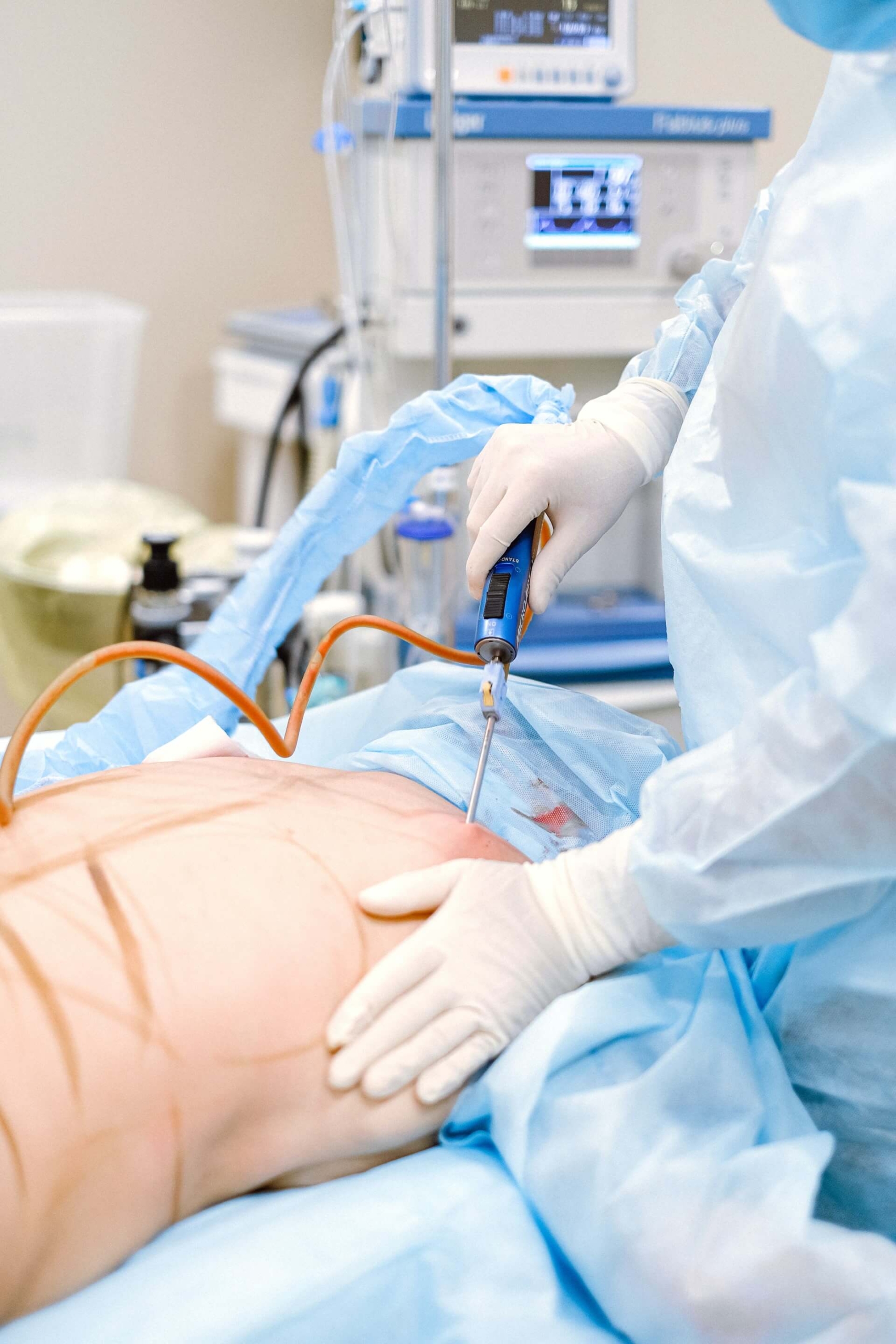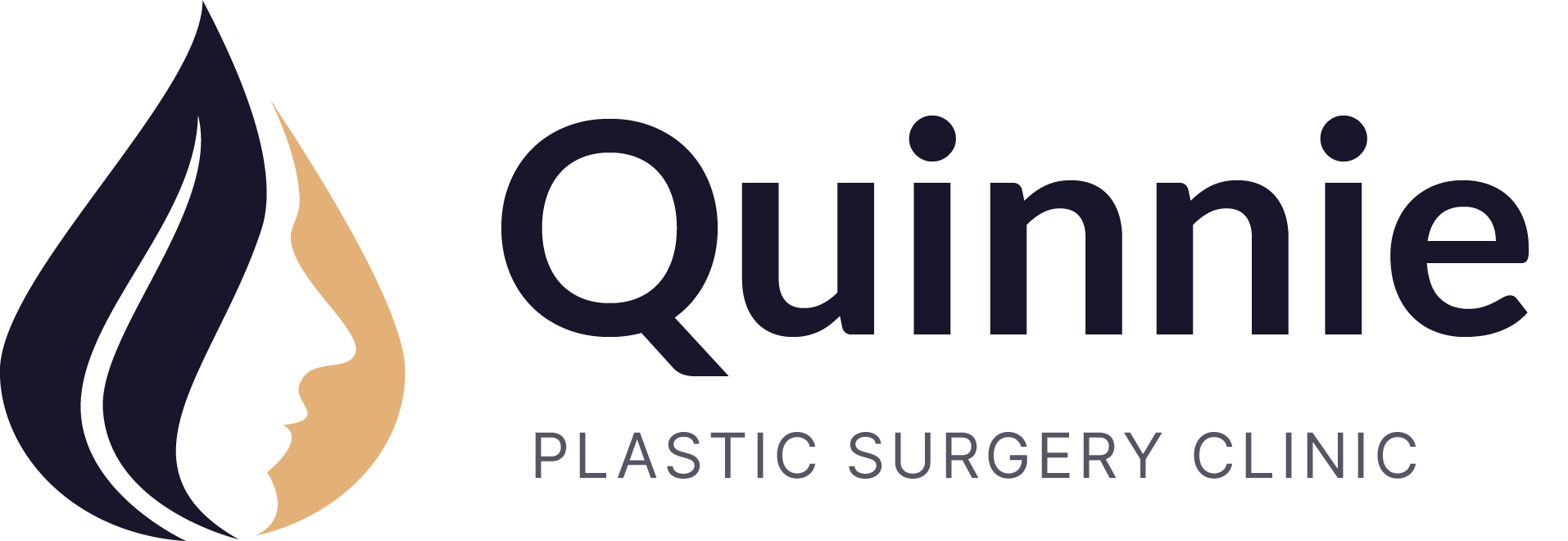Liposuction involves removing fat from specific areas of the body using a suction technique.
It is typically performed on individuals who are at or near their ideal weight but have stubborn pockets of fat that are resistant to diet and exercise.
Liposuction can be used on areas such as the thighs, abdomen, hips, buttocks, arms, and chin.
The procedure is not a weight-loss solution and is not recommended for individuals who are significantly overweight or have medical conditions that increase the risks of surgery.
The process typically involves the use of a thin tube called a cannula, which is inserted through small incisions in the skin. The cannula is then used to break up and suction out the fatty tissue. The surgeon will use a combination of manual movements and a vacuum pump to remove the fat cells.
Liposuction can be performed under local or general anesthesia, depending on the extent of the procedure and the patient's preference.
Prior to the surgery, patients will typically undergo a comprehensive medical evaluation to assess their overall health and determine if they are a good candidate for the procedure. It is important for patients to disclose any underlying medical conditions or medications they are taking to their surgeon.
Patients may also need to make certain lifestyle changes prior to the surgery, such as quitting smoking, maintaining a healthy diet and exercise regimen, and avoiding certain medications and supplements that can increase the risk of bleeding.
You are advised to rest and limit physical activity for a few days after surgery, avoiding activities that may cause trauma or damage to the treatment area.
You may be instructed to wear compression garments for several weeks to minimize swelling and bruising.
Pain medication and antibiotics may also be prescribed to alleviate discomfort and prevent infection.
Patients should maintain a healthy diet and stay hydrated to promote healing and recovery.
With proper care and attention, patients can typically return to work and normal activities within a few weeks after liposuction.
Like any surgical procedure, liposuction also carries potential risks and complications. These may include infection, bleeding, scarring, asymmetry, skin irregularities, and changes in skin sensation.
It's important to have a thorough discussion with your surgeon to understand the potential risks and complications and to determine if liposuction is the right choice for you.
Liposuction with VASER technology is an advanced form of liposuction that utilizes ultrasound energy to assist in the removal of excess fat from the body.
During the procedure, a small probe emitting ultrasonic waves is inserted into the targeted areas of fat deposits. These ultrasonic waves break down the fat cells, making them easier to remove through a suction process.
The VASER technology selectively targets fat cells while minimizing damage to surrounding tissues.
It is a popular option for individuals seeking precise fat removal and faster recovery compared to traditional liposuction techniques.

